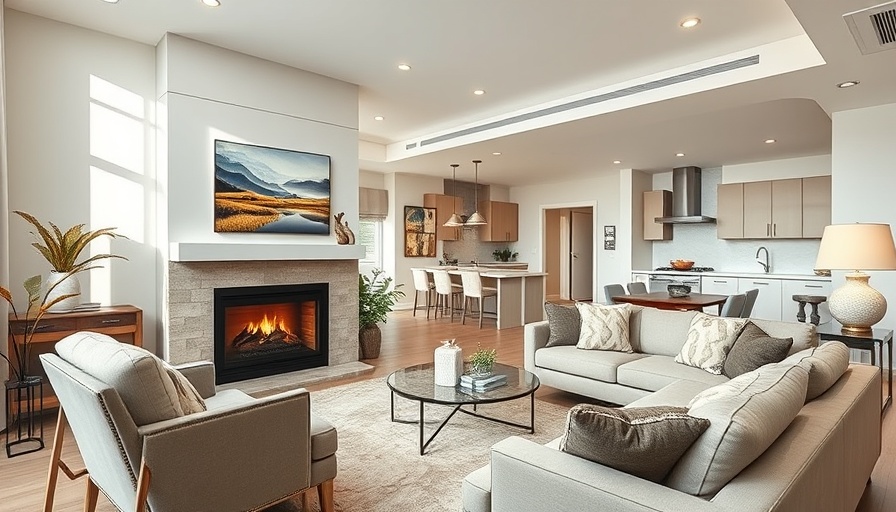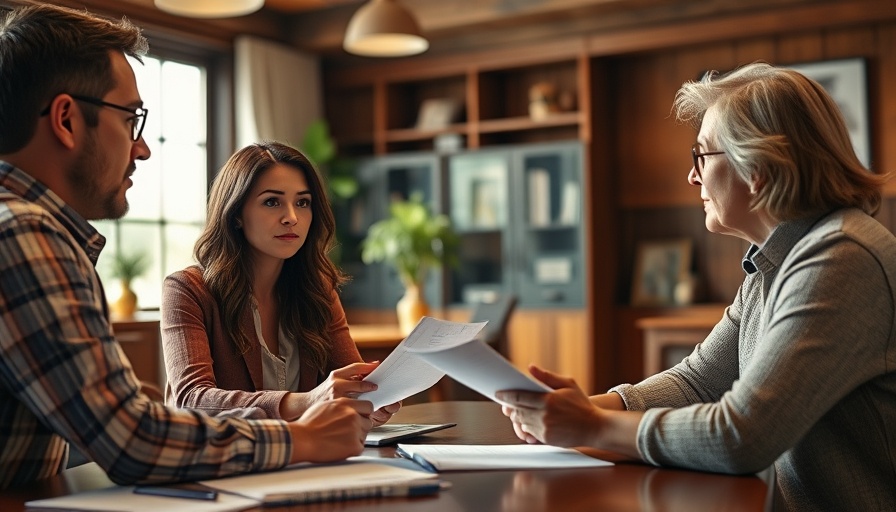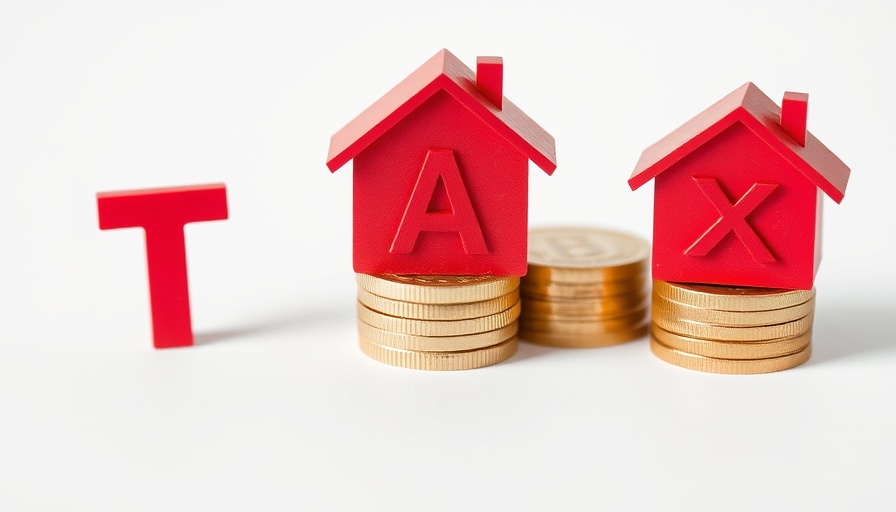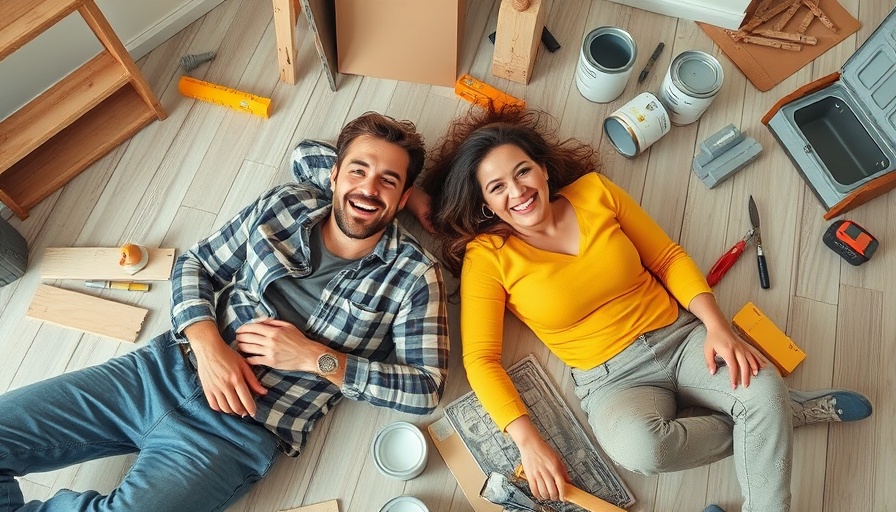
The Power of Home Staging in Real Estate
When it comes to selling a house, first impressions matter more than ever. This is especially true for vacant homes, which can sometimes sell for far less than their potential value without proper staging. According to various studies in real estate, staged homes can sell up to 20% faster than non-staged ones, making staging not just a creative option, but a smart investment.
Transforming Empty Spaces
Staging a vacant home effectively transforms an empty shell into a welcoming and inviting abode. Viewing an empty house can often evoke feelings of coldness and isolation. Potential buyers may struggle to envision how their lives would unfold within those walls. According to Darrell Gardner from CORT, staging effectively provides buyers with a sense of warmth and emotional connection, shifting their mindset from 'Can I live here?' to 'I want to live here.'
Common Challenges With Vacant Homes
Selling a vacant home can come with its own unique challenges. For starters, empty houses often appear smaller than their actual dimensions due to lack of furnishings that demonstrate scale. Staging helps to combat this illusion by showcasing how different layouts can work in real life. Moreover, without elements to soften flaws, small imperfections can be highlighted even more starkly in an empty space.
DIY vs. Professional Staging: Making the Right Choice
While the allure of DIY home staging may be enticing due to cost savings, there are significant advantages to hiring professional stagers. Professionals possess an inherent understanding of market demands and know what appeals most to potential buyers. Their curated selections of furniture and decor can be tailored to highlight the home’s assets and downplay any shortcomings. However, sellers should weigh the potential return on investment (ROI) against the costs associated with hiring experts. If you're working with a limited budget, there are manageable DIY strategies that can still work wonders.
The ROI of Staging: A Financial Perspective
Understanding the financial implications of staging is critical for any seller. According to a report from the National Association of Realtors, staged homes not only sell faster but often command higher sale prices. In fact, sellers can expect about a 5 to 10% increase in their final sale price when staging is employed effectively. The costs associated with staging can thus be viewed as an investment rather than an expense.
Final Touches: Ensuring Your Home Shines
Before showings, ensure that your staged home captures the attention it deserves. This means cleaning thoroughly, removing personal items that might distract buyers, and possibly adding warm lighting and fresh flowers to create an inviting atmosphere. High-quality photographs are also crucial; they can make all the difference in online listings where initial impressions are formed.
Conclusion: Time to Stage Your Home
In conclusion, staging a vacant home is not merely a cosmetic enhancement; it’s a strategic marketing move that can significantly impact the selling process and final sale price. Whether you decide to go the DIY route or hire a professional, understanding the importance of staging will place you in a stronger market position.
Every seller should take the time to explore their options and realize the potential benefits staging can bring. Interested in learning more about how best to stage your home? Contact local real estate experts to guide you through the process and give your listing the edge it needs in a competitive market.
 Add Row
Add Row  Add
Add 



Write A Comment